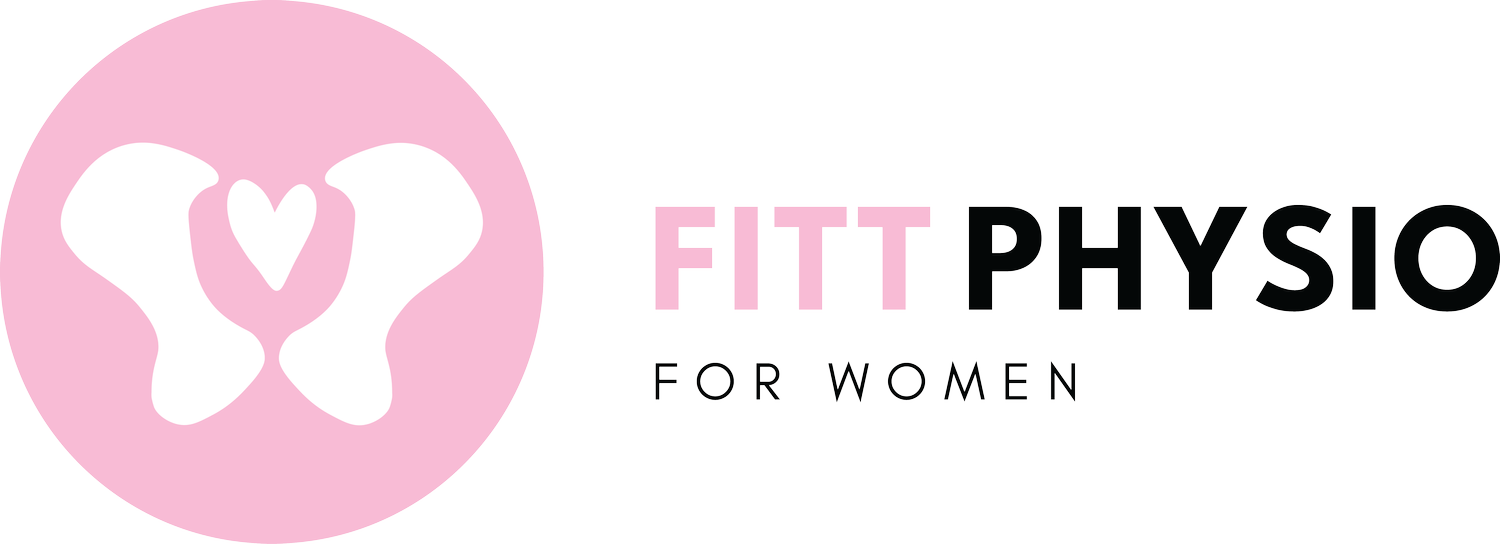
MASTITIS & BLOCKED MILK DUCTS
DEFINITIONS
Understanding Mastitis and Blocked Milk Ducts
Mastitis: Mastitis is an inflammation or infection of the breast tissue. It often causes:
Breast Pain: Tenderness or soreness in the affected breast.
Redness and Swelling: The breast may appear red, swollen, and feel warm to the touch.
Flu-like Symptoms: Some women may experience systemic symptoms such as fever, body aches, or nausea.
Blocked Milk Ducts: Blocked milk ducts occur when a blockage prevents milk from flowing through the duct that supplies breastmilk to the nipple. This can lead to:
Localised Discomfort: Pain or tenderness in the area of the blockage.
Swelling: The affected breast may appear swollen.
Lump Formation: A firm, tender lump may be felt in the breast where the duct is blocked.
SYMPTOMS
CAUSES & MANAGEMENT
Common Symptoms of Mastitis and Blocked Milk Ducts
If you’re experiencing symptoms related to mastitis or blocked milk ducts, it’s important to recognise them early to seek appropriate treatment. Here are the common symptoms to watch for:
Breast Swelling, Redness, and/or Pain: Noticeable swelling and redness in the affected breast, accompanied by localised pain.
Pain While Breastfeeding: Increased discomfort or pain during breastfeeding, which may worsen with each feed.
A Firm Lump/Mass: A palpable lump or mass within the breast tissue, which may feel tender or hard to the touch.
Flu-like Symptoms: General symptoms such as fever, chills, and fatigue that resemble flu-like symptoms, which may indicate an infection.
If you experience these symptoms, it is advisable to consult with a healthcare provider or a physiotherapist who can offer guidance on managing and treating the condition. Early intervention can help prevent complications and ensure effective relief.
Common Causes of Mastitis and Blocked Milk Ducts
Mastitis and blocked milk ducts can be distressing conditions for breastfeeding mothers. Understanding the common causes can help in managing and preventing these issues effectively.
Common Causes Include:
Nipple Damage: Cracked or damaged nipples can create an entry point for bacteria, leading to mastitis and potentially causing blocked ducts.
Long Gaps Between Breastfeeding/Expressing: Prolonged intervals between feedings or expressing milk can lead to milk stasis, increasing the risk of blockages and infection.
Narrow and Inflamed Milk Ducts: Milk ducts that are narrow or inflamed can impede milk flow, resulting in blocked ducts and potential mastitis.
Stopping Breastfeeding Suddenly: Abruptly stopping breastfeeding or reducing feeding frequency can cause milk to build up and lead to blocked ducts or infection.
Tight or Underwire Bras: Bras that are too tight or have underwires can constrict milk ducts and impede milk flow, contributing to blockages and discomfort.
Trauma to the Breast Tissue: Physical trauma, such as leaning over a cot or having the baby accidentally hit the breast, can cause damage or inflammation, leading to blocked ducts or mastitis.
Managing and Preventing Mastitis and Blocked Milk Ducts:
Proper Nipple Care: Ensure nipples are kept clean and treated promptly if damaged.
Regular Feeding or Expressing: Maintain a consistent feeding schedule or express milk regularly to avoid milk buildup.
Comfortable, Well-Fitting Bras: Choose bras that provide support without constricting milk flow.
Gentle Handling: Avoid unnecessary trauma to the breast tissue and handle with care during breastfeeding and expressing.
If you experience symptoms of mastitis or blocked milk ducts, such as pain, swelling, redness, or fever, consult with a healthcare professional or one of our physiotherapists for appropriate treatment and support.
PHYSIO TREATMENT
Your physiotherapist will provide you with advice and education to help manage your symptoms at home. In clinic they may teach you how to perform Lymphatic Drainage Massage and use therapeutic ultrasound therapy.
What is Therapeutic Ultrasound?
Therapeutic ultrasound is a treatment that uses a machine connected to a probe to apply heat and energy to specific areas of the body. This technique helps increase circulation, decrease pain, and improve flexibility.
Benefits of Therapeutic Ultrasound for Mastitis or Blocked Milk Ducts:
Dilates Milk Ducts: Helps open up blocked ducts to facilitate better milk flow.
Improves Circulation & Milk Flow: Enhances blood flow and milk drainage, which can alleviate symptoms.
Reduces Pain & Swelling: Eases discomfort and reduces inflammation in the affected area.
What to Bring to Your Mastitis Consultation:
We recommend bringing your baby or a breast pump to your appointment. This allows you to drain your breast milk and help clear your milk ducts more effectively after your therapeutic ultrasound treatment.
